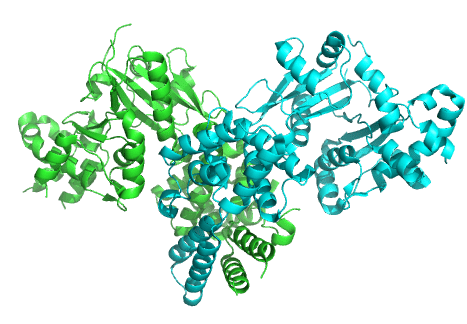InChristAlone
Member
Thanks so much for this article. It's great to see info on LDH. I haven't seen anyone talk about it. What happens when it is actually low? Mine is always below the reference range. In the last few yrs abnormally low 114! The range is 140-200. I had a practitioner tell me it's associated with hypoglycemia which I have had a terrible time with most of my life. I can eat crazy high carbs without experiencing elevated BG. Today after a snack with some grape juice I got super sleepy and felt a bit woozy before my heart rate picked up and my BG was only 87. Usually in the past I couldn't even catch it being low the adrenaline would come on so fast. Now it seems I'll get the typical hypoglycemia symptoms beforehand.

